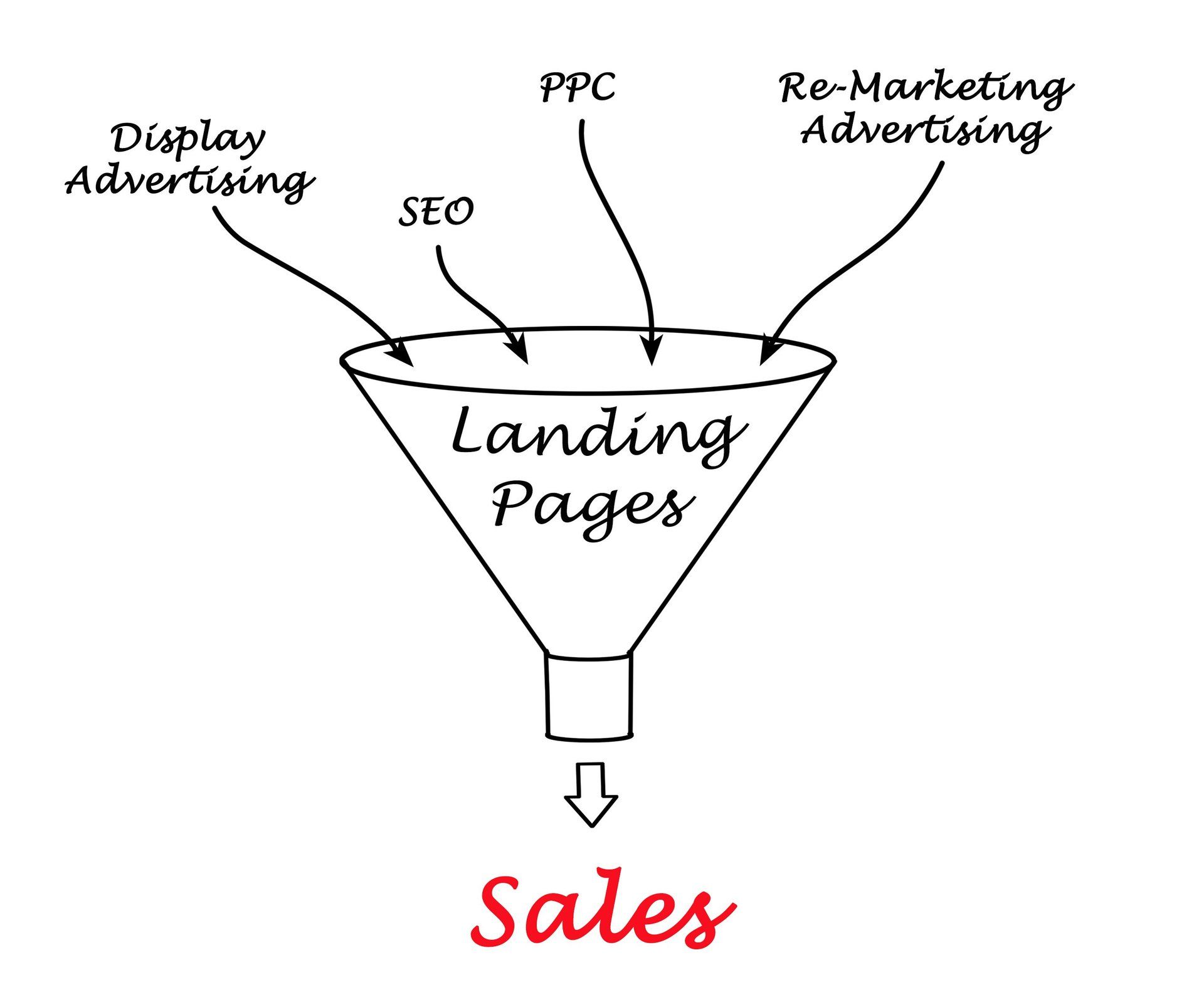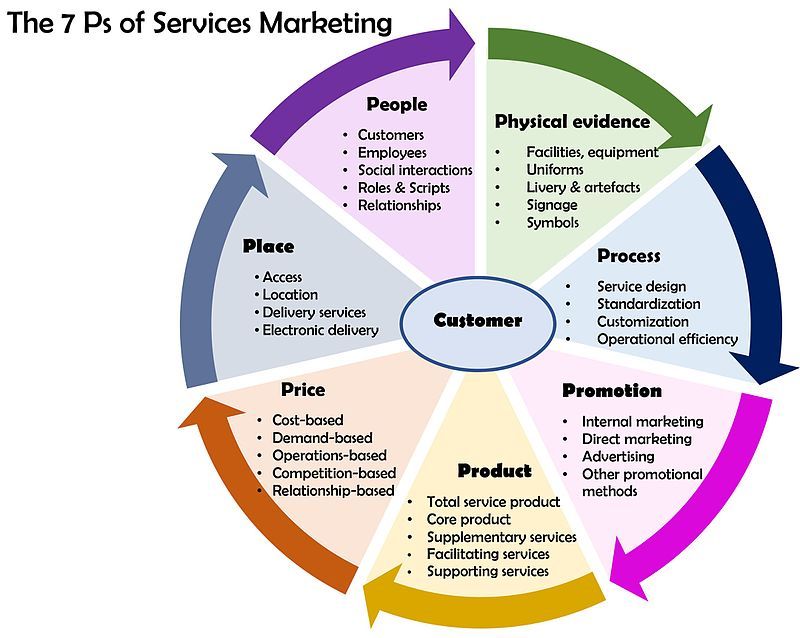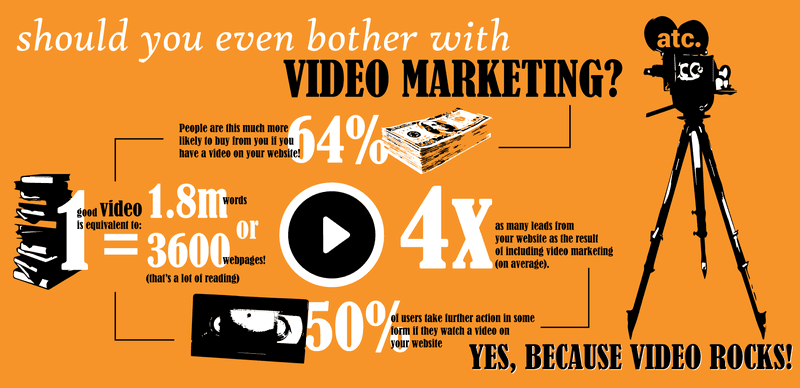Building a Strong Brand
Marketing Mondays with Marci B.

Google. Apple. GEICO. Target. Netflix. Pepsi.
What do all of these companies have in common?
They are all successful companies with strong brands.
None of these companies were the first to enter their industry, but they are each leaders that changed their respective industries. Similarly, most new business owners face the challenge of entering existing industries and separating their company from the competition. In order to survive, a business must have a strong brand within the industry and use that unique selling proposition to gain market share.
Here are a few tips to consider when building a brand:
- Begin with a SWOT Analysis
Understanding your company's internal and external challenges and triumphs relative to the industry will create a foundation for distinction.- Strengths
- Weaknesses
- Opportunities
- Threats
- Conduct an Environmental Analysis
What are the factors that influence the industry? Uncovering the elements that affect the business environment helps you understand the limitations of your industry's current state.- Political Factors
- Economic Factors
- Social Factors
- Technological Factors
- Legal Factors
- Environmental Factors
- Uncover your Unique Selling Proposition
Reviewing the SWOT and Environmental Analyses should help you discover market gaps. Utilize this information to differentiate your brand and create the unique selling proposition. By now, you should know your industry position based on the following:- Pricing
- Packaging
- Quality
- Customer Service
- Reputation
- Complete your brand with a logo and tagline
This should be given much thought, as it will be one of the most permanent staples of your business aside from the name. Do research on color psychology before deciding on a logo design. Consider the emotions and messaging you want to convey to your audience. Determine if you want typography, graphics or a combination of both. Make sure there are no trademarks or copyrights associated with your ideas. - Develop marketing materials
Make sure your business name, tagline, and logo are consistent across all forms of media. The only acceptable variation for logo design is to have separate versions for light background versus dark background. - Create a brand experience
Make sure your brand extends beyond marketing and into the customer experience. It's not enough to gain new customers. The key to sustaining business is retaining your customer base while consistently acquiring new customers. Businesses successfully accomplish this when they fulfill their brand promise and create value.
For more information on brand building, contact Marci B. Marketing & Management at 248-838-9458 or marci@marcibmarketing.com
Further Reading:
SWOT Analysis
Environmental Analysis
Branding Basics
Brand Awareness
Brand Building
Color Psychology










